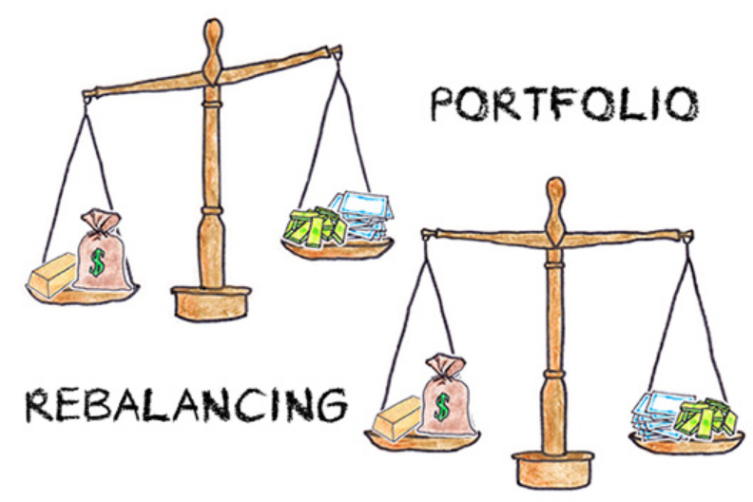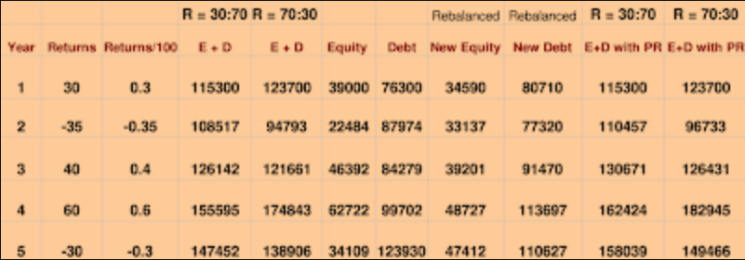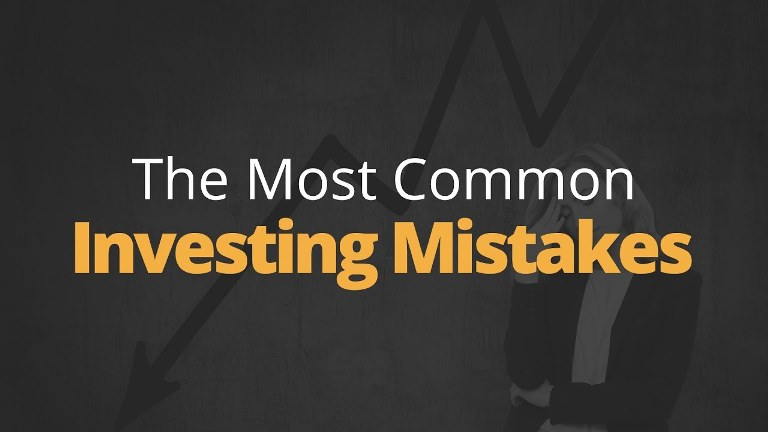There are two kind of losses
1. Loss of money because of wrong decisions
2. Loss of potential profit because of lack of knowledge or having wrong information (I like to call it loss)

I personally feel and realized most of the losses happen to people because of the second point. Today after so much of progress, India Personal Finances still has some very immature characteristics. Indians have one of the highest saving rates in World, but we fail to invest our hard money in the best way.
What happened because of lack of knowledge
– Every insurance agent told that insurance is important, but not the best product for a person which suits him/her. They made Insurance policy synonymous with an Investment product to our average Indian. They packaged those Money back and Endowment policies as must have products for any married person with family.
– People love numbers, they love to get back 30 lacs back by investing just 10 lacs in a 20 years. They were never told about inflation, about decreasing purchasing power of money. Hence they can figure out that 30 lacs after 20 years is less than today’s 10 lacs, so actually they are getting cheated (yes, i like to call that cheated)
– Ask people what is an ETF, FMP, STP or REMF? Its like asking people what is LIC in 1957-58 or asking some one what is Mutual funds in early 90’s. These are important financial products of future, but people are not able to get benefited because of no knowledge.
– People who invest for long term (5-10+ years) still invest in FD’s and bonds, I don’t say that its wrong, but they do it because they don’t know that equity is best for long term, they know there is risk but don’t know that it almost no risk if they are investing in Equity for 10+ years.
When it comes to personal finance, people are almost clue less … Every one wants high returns but without any risk of loss. Everyone has heard about mutual funds giving 40-50% CAGR in 2005-06-07, but not even few know how what role did there excellent management and stock picks played to generate those returns.
Let me tell you what happens when you don’t know a lot of things.
See some of Real life examples :
Example 1 –
One of my classmate has taken ULIP, she pays 25000 per year as premium … She didn’t knew that there are high allocation charges of 18-20% in initial years… She didn’t knew that she can switch her investments in other safe options in ULIP if markets are down …
On the top of that she is given an Insurance of 1.25 lacs (i am not sure how it helps with her insurance needs) …
Example 2 –
One of my friend took LIC policy and pays 60000 per Annam as premium, he heard that it will save him tax … he did a great job in choosing the policy, returns are good … Insurance is fine .. but when asked if he has any financial dependents, he was clueless… I am not sure why the hell he took insurance at all then …
Example 3 –
One of my friend had put 100% of his investments (around 1.4 lacs) in Equity (80% shares and rest in mutual funds in early 2007 … when i asked on what basis he has invested all his money in Equity .. he said he needed good returns because this money will be used for his brother education in another 2 yrs …
I told him that they are risky and more than his risk appetite … he ignored it, saying that his money is almost grown by 70% already and gave him decent returns which he expected …. then came Jan 2008 crash and now his total investments are worth 80,000-90,000, he had invested in small -cap companies which gives nightmares to even great investment guru’s …
Example 4 –
Lot of my friends have invested in Mutual funds in lump sum in Dec 2007 or Jan 2008 and didn’t take SIP instead of my telling them several time that SIP is the the systematic approach and will bring down there average cost … and returns in volatile markets …
All of them have 30-40% loss at the moment, but all those who invested through SIP have loss of around 10-12% only … .
Example 5 –
I know many who earn good money, have good risk appetite and long term financial goals to meet … but they invest in what? NSC and Money back policy of insurance schemes … Any one who is out of his/her mind and is totally insane will invest in NSC or KVP in today time …
They take money back Insurance policy of 3 lacs or 5 lacs for 25 yrs or 30 yrs … I wonder how will that 5 lacs help them in 2035 when average monthly expenses of a medium class family will be around 1 lacs/month … they pay hefty premium of 30k, 40k or 50k in today’s time to get back the kind of money back after 30 yrs which will just pay there 1 yrs expenses …
They do it because they cant see not getting money at the end if they survive for all the money they have paid … they stay away from Term insurance because they don’t get any thing in the last .. So what if for 20 lacs insurance for 25 yrs they just have to pay 4200 total every year … they don’t get anything at last .. so better not to take term insurance .. its not giving anything … that’s what they feel …
Whats the solution?
It takes Rs.30 to buy “Outlook Money” and Rs.20 for “Money Today” (or read online : https://moneytoday.digitaltoday.in/index.php?latn=1 ) and 5-6 hrs to read all of it .
Just Rs.100 and some hrs per month can help anyone save thousands or lacs (depending on there investments), but it takes discipline and regularity




